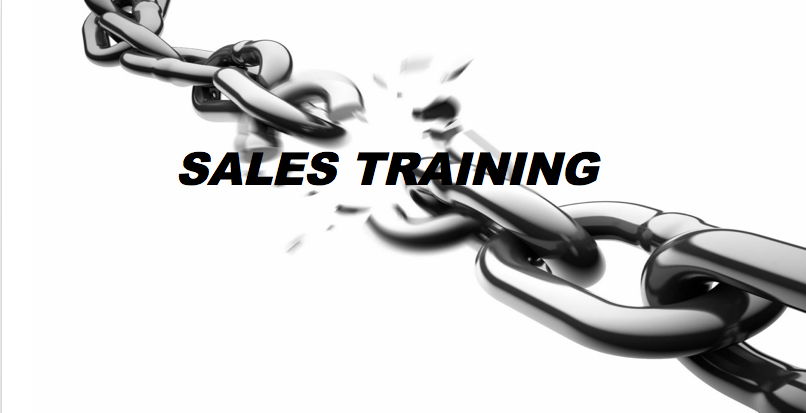- June 8, 2023
- Posted by: Dave Kurlan
- Category: Understanding the Sales Force

Yesterday, Andy Miller and I delivered onboarding training to a group of new partners at Objective Management Group (OMG). Andy reached the slide that said “Lunch” at the end of the day, and I spent most of the morning displaying only slide #2 which could have been covered in 10 minutes. The spontaneous, robust discussion that broke out was not planned, but most importantly, it was not discouraged. To the contrary, it was strongly encouraged. The group learned more from that spontaneous two-hour discussion than they ever would have learned from the sterile slides. Are slides bad?
Andy and I go back to the days before PowerPoint was an actual thing, when a presenter would use flip charts, white boards, and cough, cough, chalk boards. Back in the day, the lack of a slide deck meant that we could present anything, at anytime, for any reason, to anybody. There was no such thing as going off track. Spontaneous discussions were the norm!
With yesterday for context, I will answer the following important question: Which is better – live training, self-directed training, or blended training?
For several years, I resisted adding self-directed training to the offerings from Kurlan & Associates because I did not believe we could effectively train salespeople using self-directed training alone. Case in point: Yesterday’s spontaneous discussion. With self-directed training That. Does. Not. Happen. Ever.
At the same time, there are benefits to self-directed training. You get to decide exactly what every single participant will see, hear and experience. Self-Directed training is like McDonalds. You know exactly what everyone will get, and that’s a good thing.
Robust discussions are immersive. Self-directed training is passive. Passive training isn’t bad, but if you want salespeople to “get it” then you must be able to demonstrate what good sales conversations should sound like and that can only be accomplished through role playing. While Kurlan includes 40 recorded, unscripted role-plays in its advanced self-directed course, it’s different from a role-play performed live. In a live, unscripted role-play, participants can ask questions, share takeaways and lessons learned about certain aspects of the role-play. The role-play would be industry-specific, and we can tailor a role-play to a specific problematic selling scenario that the sales team or a salesperson is experiencing.
So yes, live training is better than self-directed and a blend of the two is ideal. In a blended scenario, self-directed training supports live training.
That leads us to the next question: Which is better – live face-to-face, or live, instructor-led virtual?
I believe that a live, face-to-face kick-off is better than a virtual kick-off but the many follow-up training sessions that occur post kick-off are better suited for virtual for the following five reasons:
- Spoon-feeding – an hour at a time is easier to absorb and apply
- Pace – allows for an ideal frequency of two training sessions per month
- Efficiency – no need to take salespeople out of the field
- Economics – no need to pay travel expenses to bring salespeople and/or trainers together in a regional or national setting
- Flexibility – sessions can be scheduled at almost any time of the day and on any day of the week
We find ourselves at a point in time where the technology exists for a wonderful, interactive, immersive, virtual training experience. At the same time, it’s important to understand that sales, sales effectiveness, and the training to develop those abilities, are different from every other role in a company. Not just different, but crucial because sales is a company’s economic engine. Just because the technology exists for self-directed training, doesn’t mean that you should substitute self-directed for live. Be smart about it!
